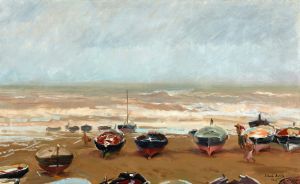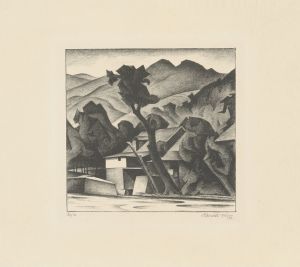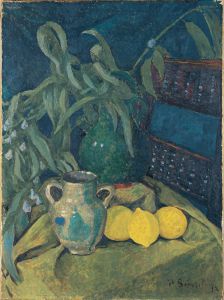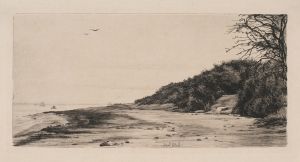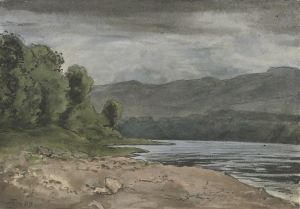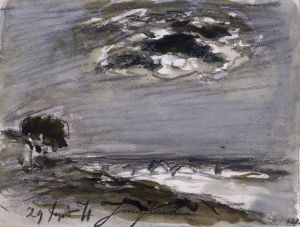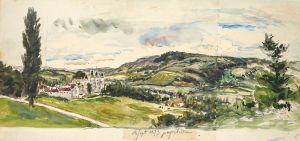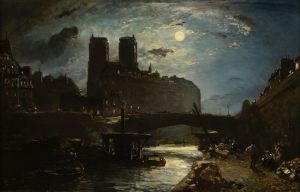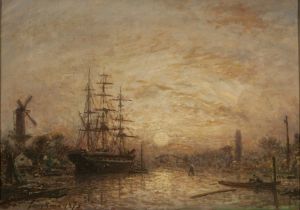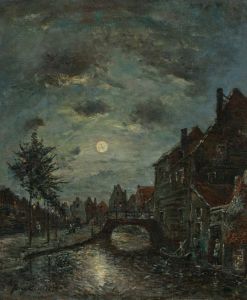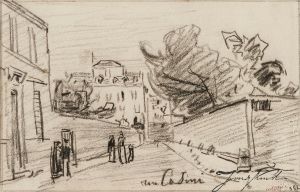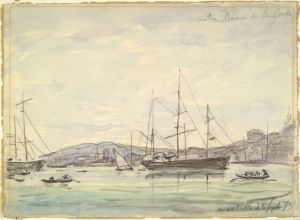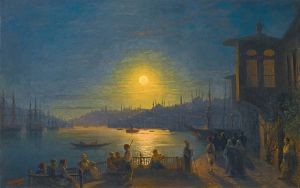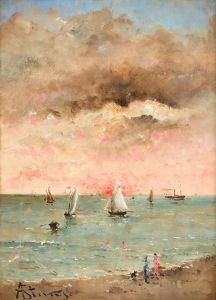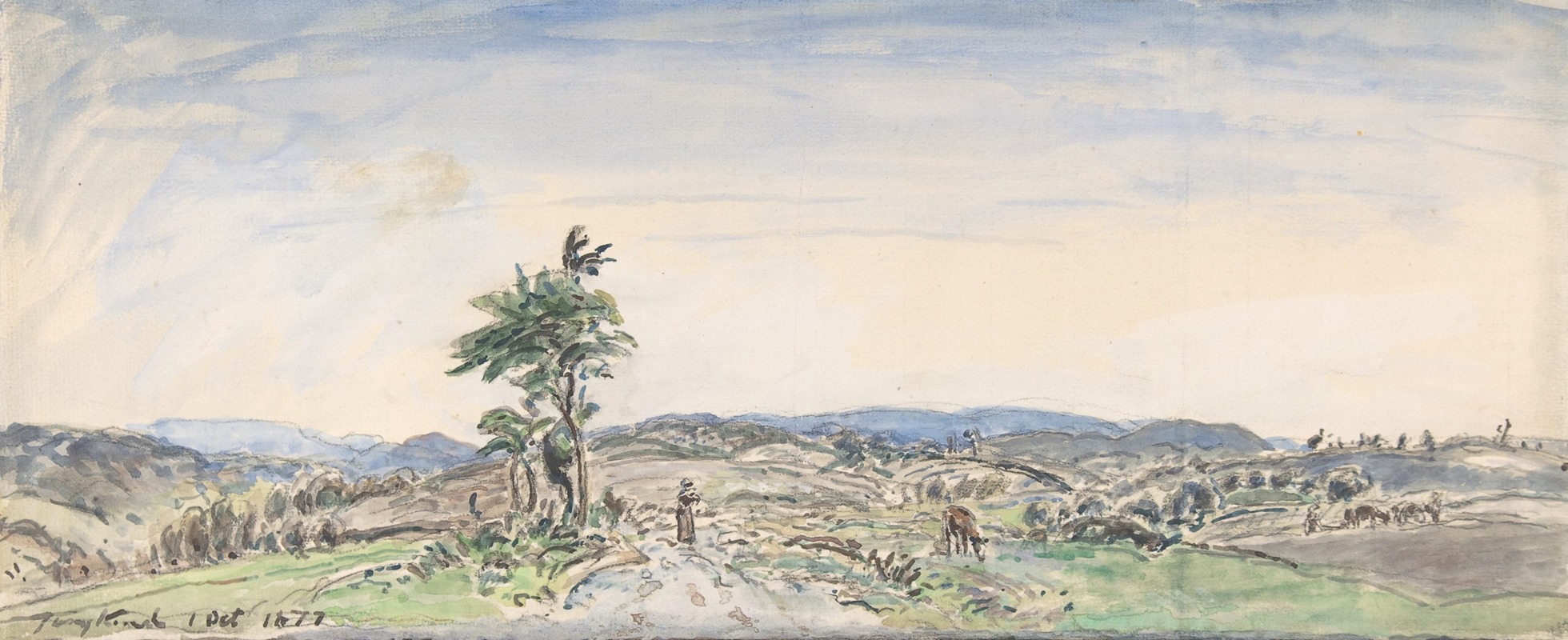
Landscape
A hand-painted replica of Johan Barthold Jongkind’s masterpiece Landscape, meticulously crafted by professional artists to capture the true essence of the original. Each piece is created with museum-quality canvas and rare mineral pigments, carefully painted by experienced artists with delicate brushstrokes and rich, layered colors to perfectly recreate the texture of the original artwork. Unlike machine-printed reproductions, this hand-painted version brings the painting to life, infused with the artist’s emotions and skill in every stroke. Whether for personal collection or home decoration, it instantly elevates the artistic atmosphere of any space.
Johan Barthold Jongkind (1819–1891) was a Dutch painter and printmaker who is often regarded as a precursor to the Impressionist movement. Known for his landscapes and marine scenes, Jongkind's work is characterized by its loose brushwork, innovative use of light, and atmospheric effects. His paintings often depict scenes from France and the Netherlands, capturing rivers, harbors, and rural landscapes with a sense of immediacy and naturalism.
"Landscape" by Johan Barthold Jongkind is one of his many works that exemplify his mastery of plein air painting, a technique where artists paint outdoors to directly observe and capture the effects of light and atmosphere. While specific details about this particular painting are scarce, it is consistent with Jongkind's broader body of work, which often features serene and evocative depictions of nature. His landscapes typically include elements such as waterways, open skies, and rural settings, rendered with a delicate balance of detail and spontaneity.
Jongkind's approach to landscape painting was highly influential on the Impressionists, including Claude Monet, who admired Jongkind's ability to convey the transient qualities of light and weather. Jongkind's use of color and his emphasis on capturing the mood of a scene rather than focusing on precise details marked a departure from the more rigid academic traditions of his time.
Born in the Netherlands, Jongkind moved to France in the 1840s, where he became associated with the Barbizon School and later developed his distinctive style. His works often reflect his travels between the two countries, blending Dutch and French artistic traditions. Despite his significant contributions to art, Jongkind struggled with financial difficulties and personal challenges throughout his life.
"Landscape" is likely representative of Jongkind's ability to transform ordinary scenes into poetic compositions. His use of soft, diffused light and his attention to atmospheric effects create a sense of tranquility and immediacy. While the exact location and date of this painting are not specified, it aligns with Jongkind's lifelong fascination with capturing the natural world.
As with many of Jongkind's works, "Landscape" demonstrates his innovative approach to painting and his role as a bridge between traditional landscape art and the emerging Impressionist movement. His legacy endures through his influence on later artists and his contributions to the evolution of modern landscape painting.





